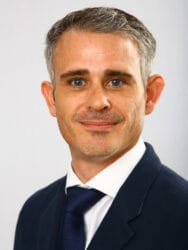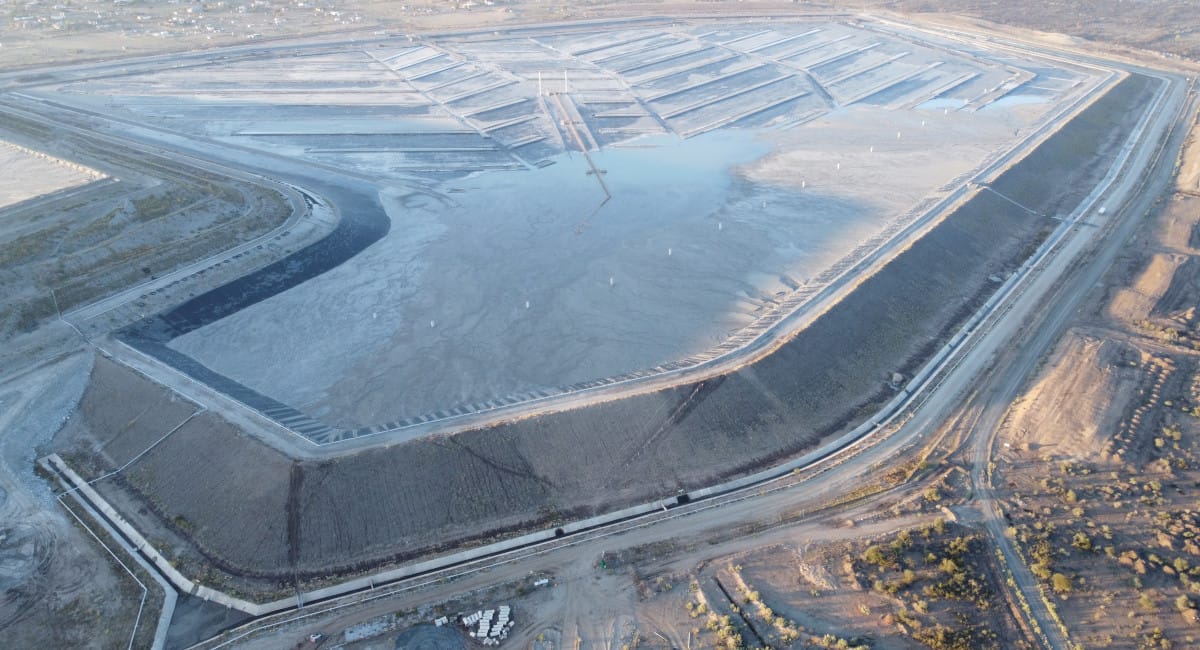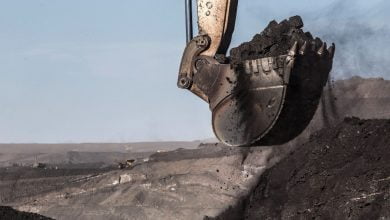
It is five years since the launch of the Global Industry Standard on Tailings Management (GISTM) to improve the safety of mines’ tailings facilities, and the mining sector has been working on integrating more disciplines towards this goal.
This is leading to wider range of professions being involved in GISTM alignment efforts when mines plan, construct, manage and close their tailings storage facilities (TSFs), according to Franciska Lake, partner and principal environmental scientist at SRK Consulting (South Africa).
“The GISTM specifically requires a multidisciplinary knowledge base that integrates social, environmental, local economic, and technical inputs throughout a TSF’s lifecycle,” said Lake. “GISTM compliance demands cohesive, cross‑disciplinary collaboration, which allows the merging of environmental, social, technical, local economic and emergency‑response expertise into a dynamic, living knowledge base that can guide every stage of TSF management.”
More monitoring

Digital technology has been playing an important role in facilitating this advance, through near-real-time monitoring of various aspects of TSF behaviour, explained SRK Consulting (South Africa) associate partner and principal engineering geologist James Dutchman.
“Modern equipment and instrumentation now enable more accurate data acquisition methods, allowing monitoring systems to better support and align to the GISTM’s monitoring and surveillance requirements,” said Dutchman. “Digital transformation in the sector has also enabled us to move from manual, single-point data collection to high-frequency big data platforms.”
This provides the opportunity to examine micro-trends and the inter-relationships between the metrics that govern TSF safety and other conformance aspects, he said. Among the disciplines required to forge the collaborative workflows envisaged by the GISTM are geotechnical engineering, hydrology, geochemistry, climate science, water stewardship, stakeholder engagement and disaster management.
Respecting rights

Importantly, the mining sector has been able to leverage its experience in environmental, social and governance (ESG) practices to respond to the GISTM’s sharper focus on the social and environmental impacts of potential dam failures. SRK Consulting (South Africa) principal environmental scientist Kavandren Moodley emphasised that risk mitigation decisions must respect the rights of project-affected people. This involves ongoing, meaningful engagement with communities through to mine closure and beyond.
“The GISTM highlights human rights in its very first principle, specifically mandating meaningful engagement with affected communities; in addition, Principle 15 explicitly underscores the right to access to information,” said Moodley. “A critical part in achieving these requirements is building a knowledge base by integrating local knowledge, engaging with potentially affected communities, and sharing clear information about tailings management.”
Among the requirements of the GISTM is a breach analysis that models where tailings will flow in the case of a TSF breach. This analysis forms the basis of predicting the extent of the inundation zone, which in turn guides decisions about the technical design and siting of the TSF. It also informs assessments of environmental and socio-economic risks associated with the inundation zone, as well as the mine’s engagement strategies with affected communities.
Weather and climate

Looking ahead to where improvements will need to be made in tailings-related practice, one area of concern is the significant lack of meteorological monitoring on many mine sites, according to Philippa Burmeister, partner and principal environmental scientist at SRK Consulting (South Africa). A vital aspect of the TSF knowledge base is accurate weather data, including the site-specific rainfall levels, but many TSFs were still being managed without the necessary detailed information.
“This monitoring of meteorological parameters is perhaps one of the most significant current gaps in meeting GISTM requirements – from a climate change perspective,” said Burmeister. “It is more than just having a functional weather station on site; it is also about regularly analysing and acting on the weather data received.”
She highlighted that water management is a crucial aspect of preventing TSF failures, which requires detailed meteorological monitoring that could trigger appropriate responses to observed trends. Insufficient data exacerbates the challenge of predicting future key weather conditions like rainfall, as projections tend to be a ‘best guess’. She emphasised the need to improve the reliability of projections by comparing them regularly to current data collected from monitoring activities.
Sharing data between disciplines
“Integration of data remains another central challenge, as the monitoring data really needs to be available to other disciplines,” she argued. “The GISTM requires climate change to be built into our TSF and water management designs, and for these designs to be regularly reviewed and assessed as the implications of the changing climate become better understood.”
Lake concurred, emphasising the need for continuous innovation in data integration and monitoring, and also highlighting the constant changes that occur over the lifecycle of a TSF. These could range from shifts in nearby populations to evolving environmental conditions.
“The GISTM clearly emphasises that the knowledge base must be a living document, to be updated at least every five years, and whenever there is a material change either to the tailings facility or to the social, environmental and local economic context,” she said. “It is also expected that the TSF operator and stakeholders use the knowledge base in an interactive way, enabling all parties to make informed decisions throughout its lifecycle.”
Building GISTM capability with in-house geotechnical lab
Geotechnical testing facilities globally have been under considerable work pressure arising from the drive by mining companies to comply with the Global Industry Standard on Tailings Management (GISTM).
This has led SRK Consulting (South Africa) to set up its own geotechnical laboratory at its Johannesburg office, purely for its own internal purposes – supporting projects with test validations for clients, conducting its own research, and upskilling staff.
“Our lab improves the services that we deliver by allowing us to speed up testing where necessary, and to quickly verify results that we request from commercial laboratories,” said John Stiff, partner, engineering geologist and department lead at SRK Consulting (South Africa). This makes the company one of only few international consulting firms with such a facility.
The dedicated laboratory was launched in February 2025 to streamline and verify testing – especially in the demanding field of tailings management. Stiff highlighted that the laboratory was also used for SRK Consulting’s applied research and skills development.
“As a company, SRK is always pushing the boundaries of science and engineering in the design and management of tailings storage facilities (TSFs),” he said. “To do this, we need specialist expertise, infrastructure and flexibility to try new approaches.”
The new laboratory provides valuable tools for this ongoing strategy and attracts skilled and curious professionals to advance the geotechnical discipline as it relates to TSFs. The laboratory also makes SRK Consulting more attractive to those researchers and practitioners who want to explore new ideas, he said.
“The specialised professionals employed within the SRK geotechnical laboratory will help make their colleagues more familiar with the nuances of the testwork they specify,” noted Stiff, “allowing them to fine-tune their instructions and gain more valuable results from these tests.”










